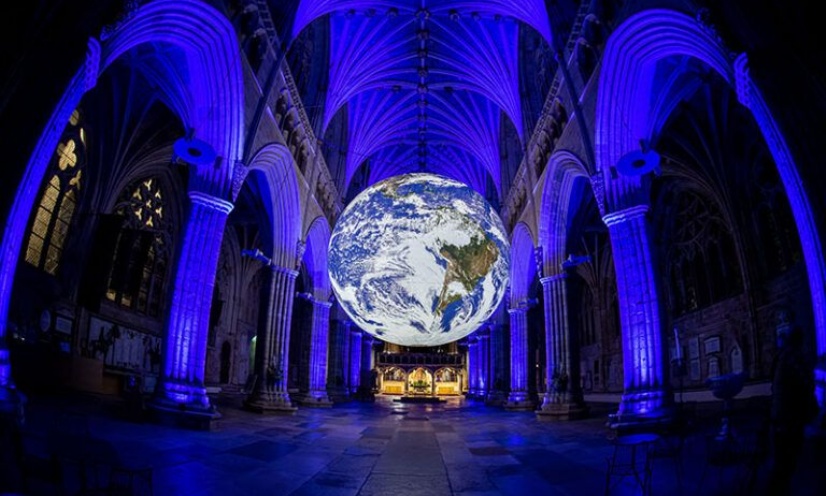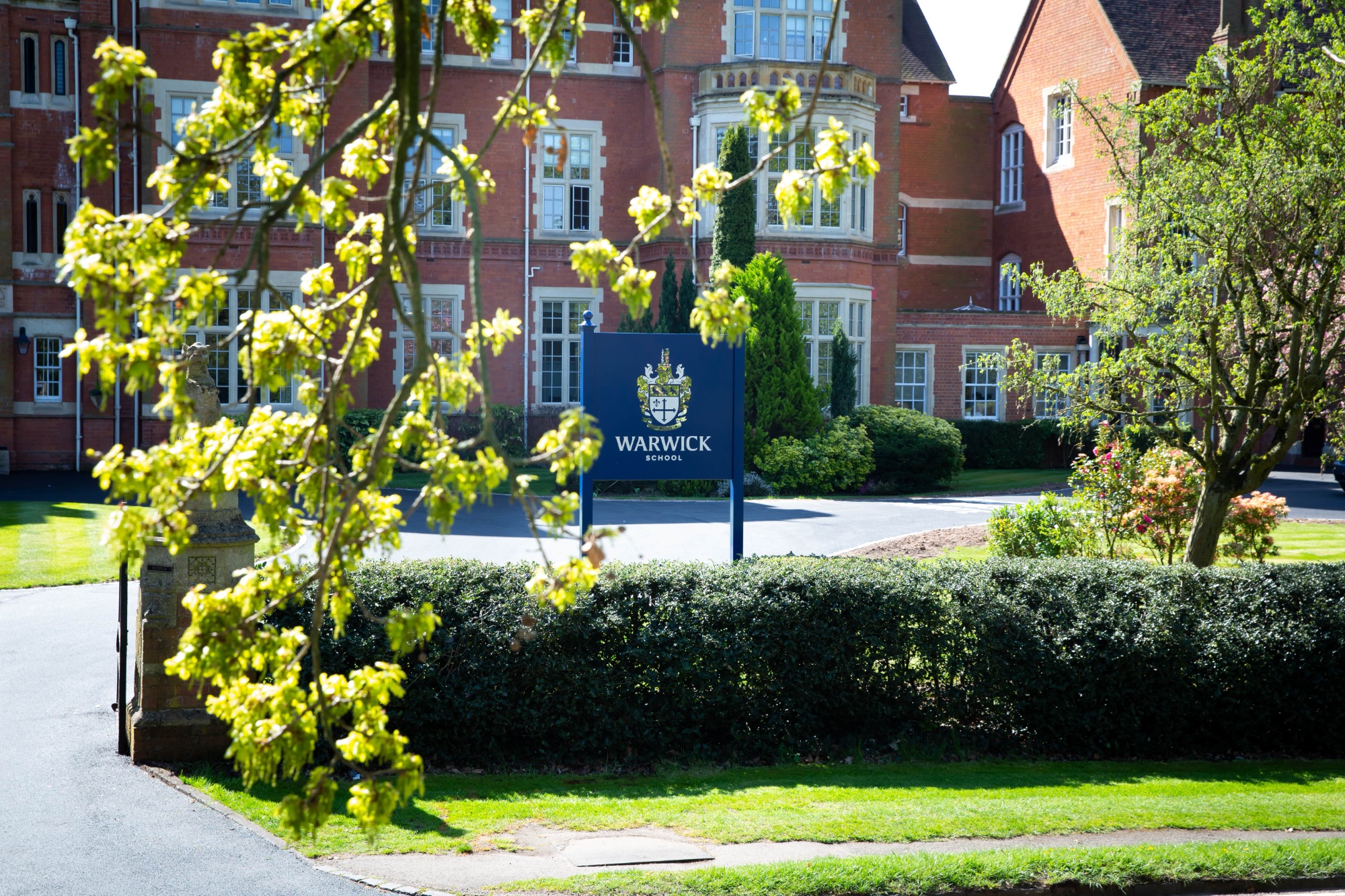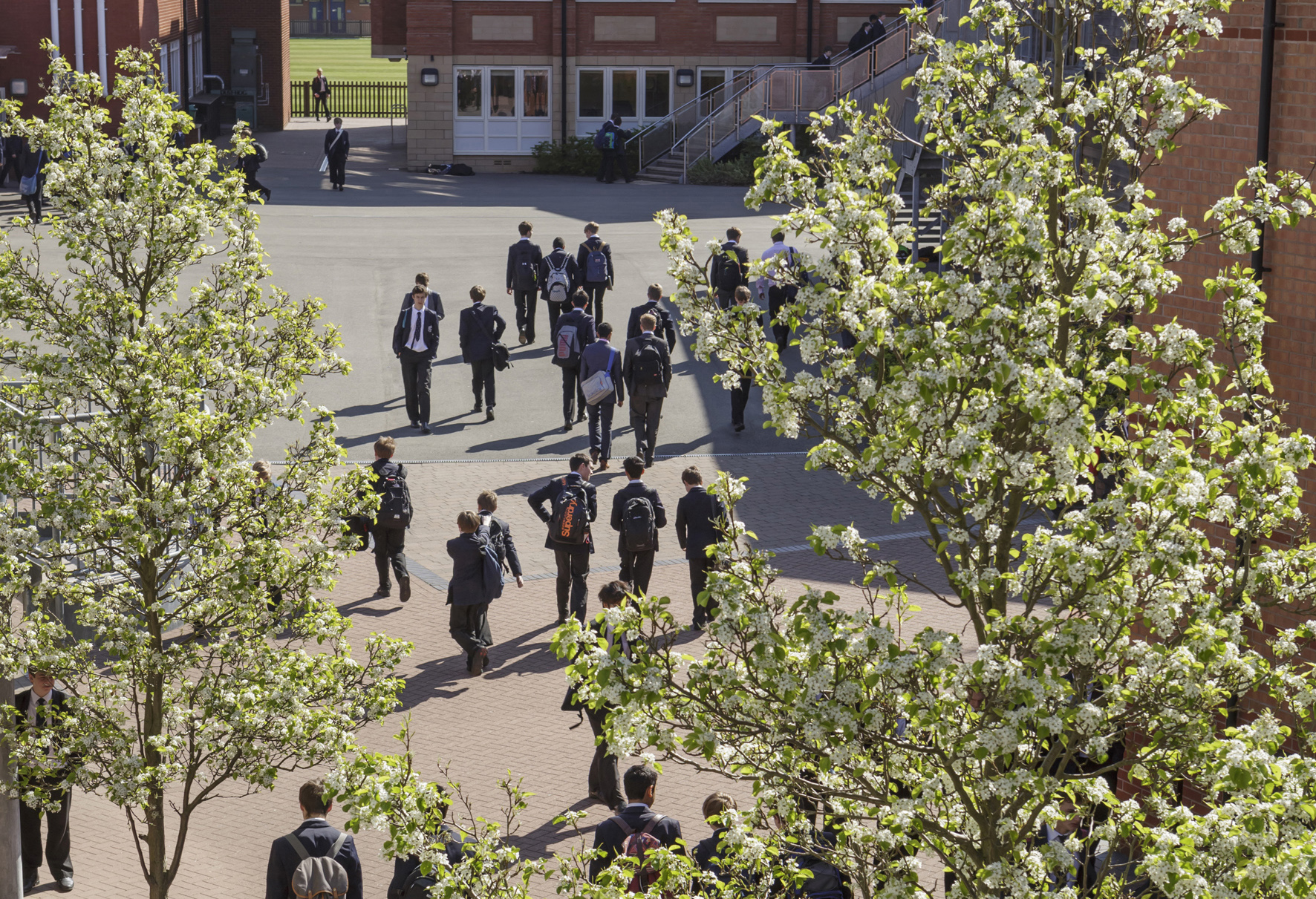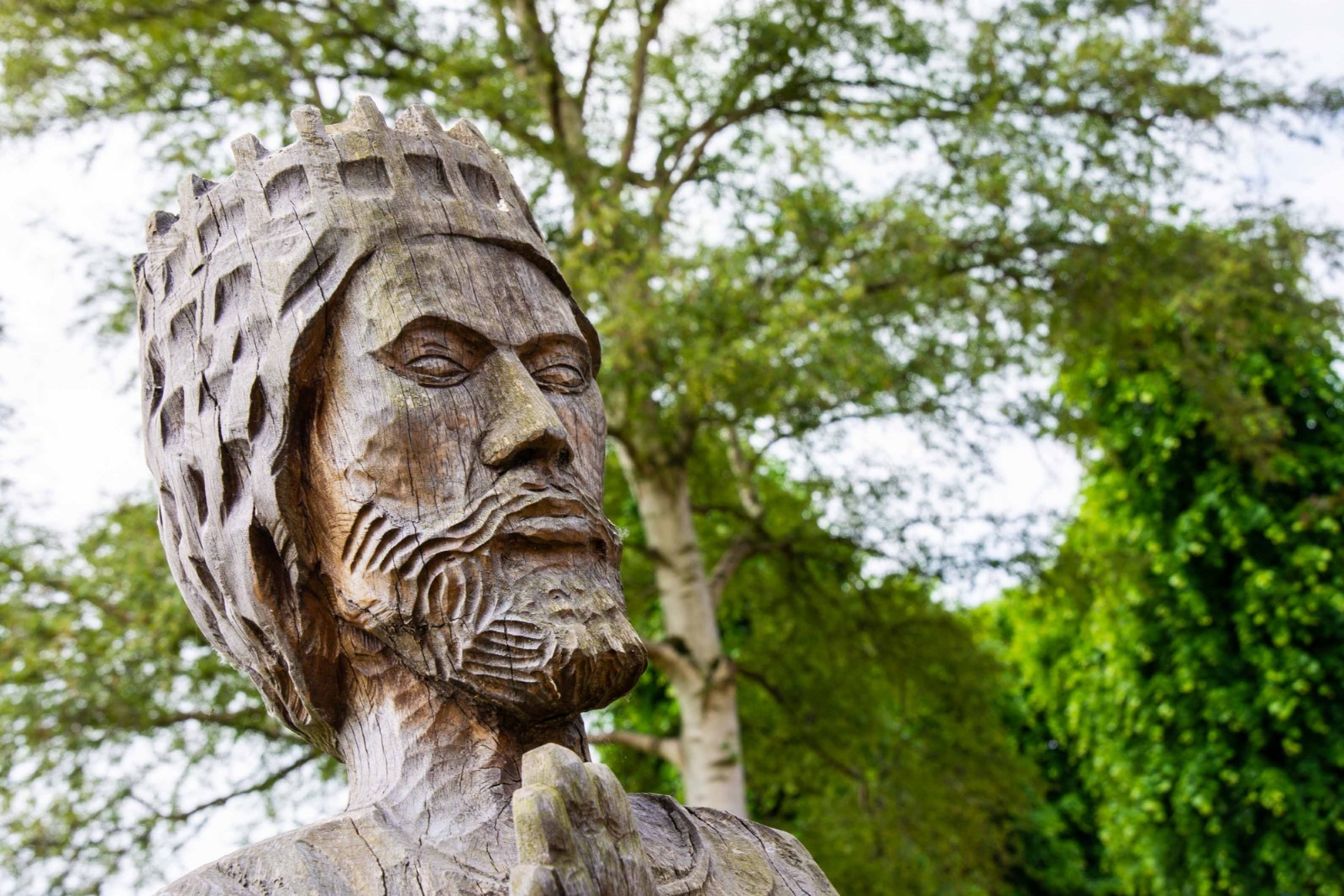Viewing the World Through a Different Lens

This year I enjoyed an opportunity to visit Exeter Cathedral and see Luke Jerram’s Gaia. In Greek Mythology Gaia is the personification of the Earth and Jerram’s Gaia is a touring artwork measuring 7 meters in diameter and created from detailed NASA imagery of the Earth’s surface. The artwork is 1.8 million times smaller than the real Earth with each centimetre describing 18KM of the Earth’s surface. Jerram claims that by standing 211m away from Gaia you can see the Earth as it appears from the moon.
The installation aims to create a sense of the phenomenon known as the Overview Effect. A powerful, revelatory moment described in the accounts of astronauts viewing Earth from space. An experience that transforms astronaut’s perspective of the planet and mankind’s place upon it. Common features of the experience are a feeling of awe for the planet, a profound understanding of the interconnection of all life, and a renewed sense of responsibility for taking care of the environment.
In October 2021 the actor William Shatner, most famous for his role as Captain James T Kirk in the TV Series, Star Trek became, at the age of 90, the oldest living person to travel into space. After his epic journey he recalled a moment that changed his understanding of life and the universe:
‘When I looked out into space, there was no mystery, no majestic awe to behold. I saw a cold, dark, black emptiness. It was unlike any blackness you can see or feel on Earth. It was deep, enveloping, all- encompassing. I turned back towards the light of home. I could see the curvature of Earth, the white of the clouds and the blue of the sky. It was life. Nurturing, sustaining, life.
Everything I had thought was wrong. I had thought that being up there would be the most beautiful step to understanding the harmony of the universe. But I discovered that the beauty isn’t out there – it’s down here, with all of us. Leaving that behind made my connection to our tiny planet even more profound.
It was among the strongest feelings I have ever encountered – the contrast between the vicious coldness of space and the warm nurturing earth.’
Further reflecting on his experience Shatner wrote, ‘When someone travels to space and views Earth from orbit, a sense of the planet’s fragility takes hold. The result is a shift in worldview, and in identity.
It can change the way we look at the planet; it can prompt an instant revaluation of our shared harmony and a shift in focus to all the wonderful things we have in common instead of what makes us different.
For me, it reinforced my view on the power of our beautiful, mysterious collective human entanglement, and eventually, it returned a feeling of hope to my heart. It made me rededicate myself to our planet, to each other, to life and love all around us.’
The experience Shatner describes is the Overview Effect. A perspective is a particular way of regarding a certain situation, people or fact. In other words, it is how you see things. We all have different perspectives, which is why we all see things differently. You could place the upmost importance to something, while your closest friend could see it as something meagre and insignificant.
As each of us looks out into our worlds, we inevitably see everything through our own eyes; naturally, we are each the centre of our own universe; and we try to make sense of that universe through our own particular set of opinions and beliefs.
Inevitably, this can create a partial or narrow-sightedness in our view of the world and of each other - it can create a loss of perspective. And this is why it’s so important that we try to see the world through the eyes of others; try to see the world through other and different lenses and perspectives.
As a result of his journey into space William Shatner gained a sense of perspective, the ability to see past the differences that divide us on earth. Despite Jerram’s best efforts and photos like the famous ‘Blue Marble’; a photograph of Earth taken by the crew of Apollo 17 on their way to the moon; most of us will never have the opportunity to experience the Overview Effect. But we can all attempt to see the world through a similar lens.

In his Meditations Marcus Aurelius wrote:
‘How beautifully Plato put it. Whenever you want to talk about people, it’s best to take a bird’s-eye view and see everything all at once — of gatherings, armies, farms, weddings and divorces, births and deaths, noisy courtrooms or silent spaces, every foreign people, holidays, memorials, markets — all blended together and arranged in a pairing of opposites’
A bird’s eye view is when you expand your horizons and look at the bigger picture. For Plato and Marcus Aurelius this was a theoretical exercise – the highest anyone could get was the top of a mountain or a building a few stories high, but technology means that whilst we are unlikely to view the Earth form space and benefit from the Overview Effect most of us will have experienced air travel and seen the world from the point of view of a bird in flight. Plato’s bird’s eye view is not about physical location, it is a thought experiment, an attempt to get us to think differently. The higher you go, the smaller and less important things look, and the more differences start to blur and disappear. This perspective leads us to realise that the small details about which we often become fixated are not that important, and we are not that different after all. We become less self-centred more empathetic, and this better equips us to fulfil our responsibility to create a better world around us.











